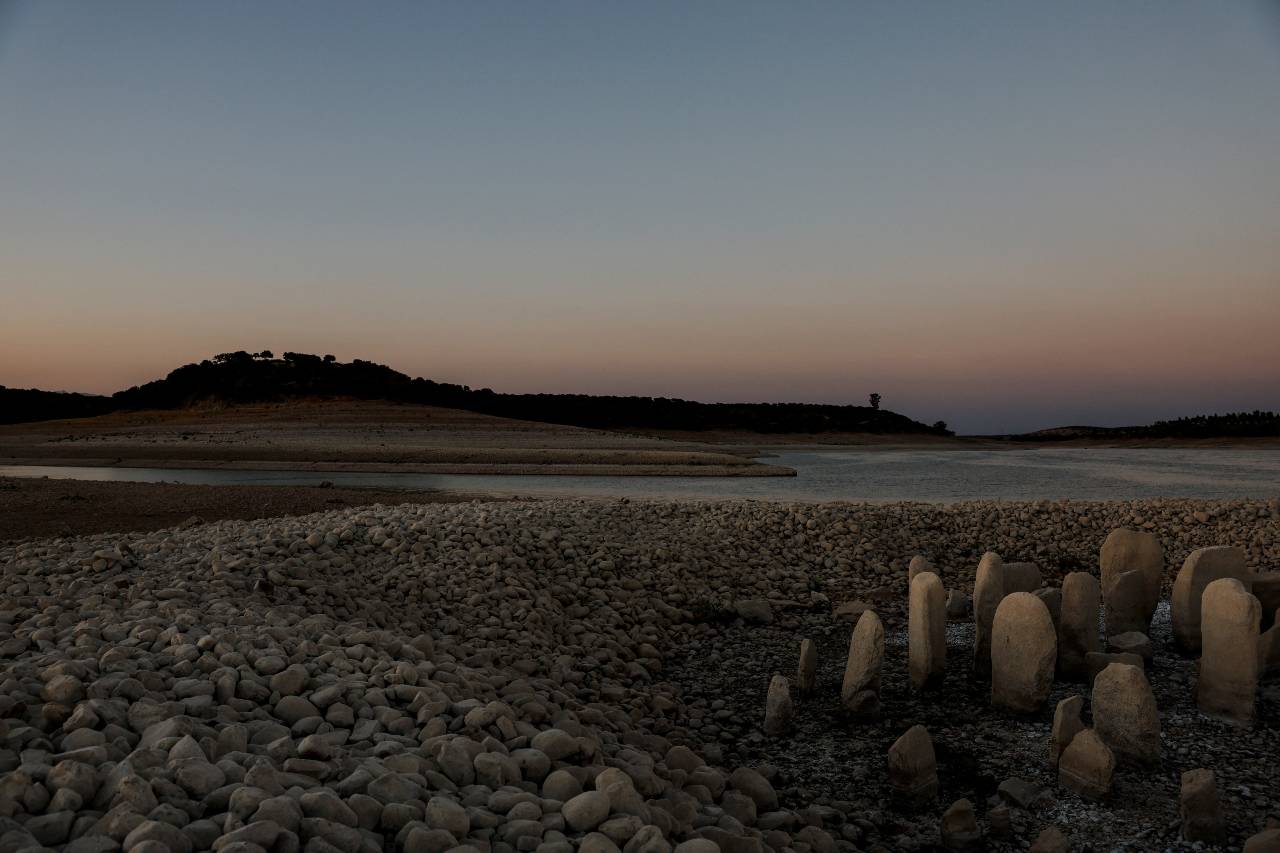
The dolmen of Guadalperal, also known as the Spanish Stonehenge, is seen due to receding waters at the Valdecanas reservoir. /Susana Vera/Reuters
The dolmen of Guadalperal, also known as the Spanish Stonehenge, is seen due to receding waters at the Valdecanas reservoir. /Susana Vera/Reuters
Wildfire, extreme temperatures and a record drought have combined to cause havoc for many in rural Spain this summer.
But one of the few upsides of the country's worst drought in decades has been the emergence of a prehistoric stone circle in a dam whose waterline has dropped, sending Spanish archeologists into raptures.
READ MORE
UK woman's search for Chinese father
Europe's cost-of-living crisis
Meet Ukraine's sappers
Officially known as the Dolmen of Guadalperal, but nicknamed the Spanish Stonehenge, the circle of dozens of megalithic stones is estimated to date back to 5,000 BC.
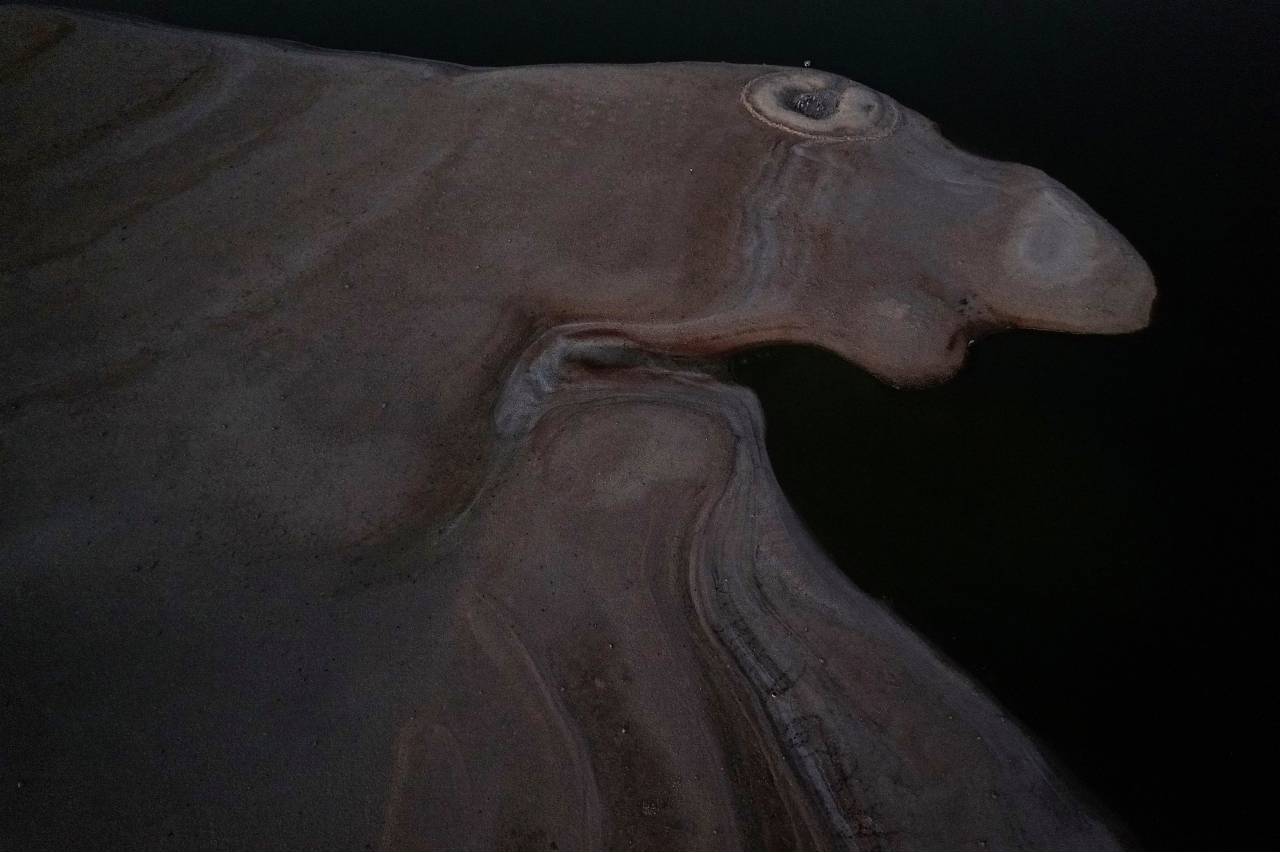
The Spanish Stonehenge sits fully exposed in one corner of the Valdecanas reservoir, where archeologists race to study it. /Susana Vera/Reuters
The Spanish Stonehenge sits fully exposed in one corner of the Valdecanas reservoir, where archeologists race to study it. /Susana Vera/Reuters
It now sits fully exposed in one corner of the Valdecanas reservoir, in Spain's central Caceres province, where the water level has dropped to 28 percent of capacity.
"It's a surprise, it's a rare opportunity to be able to access it," said archeologist Enrique Cedillo from Madrid's Complutense University.
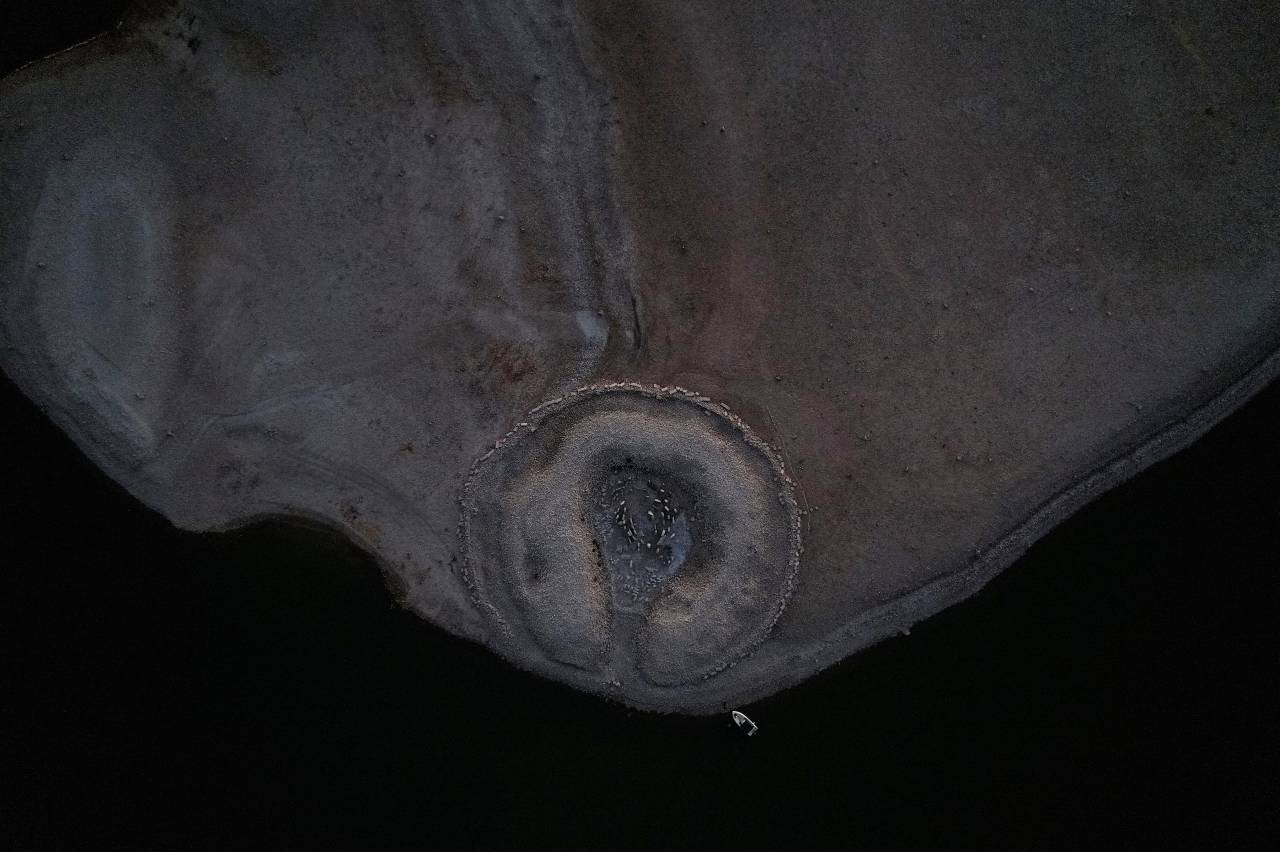
The site was discovered in 1926, but the area was purposely flooded in 1963 under the Franco dictatorship. /Susana Vera/Reuters
The site was discovered in 1926, but the area was purposely flooded in 1963 under the Franco dictatorship. /Susana Vera/Reuters
But experts like Cedillo are having to race against the clock, studying the circle as much as possible before it gets submerged again.
The site was discovered by German archeologist Hugo Obermaier in 1926, but the area was purposely flooded in 1963 in a development project under the Franco dictatorship.
Since then it has only been fully visible four times.
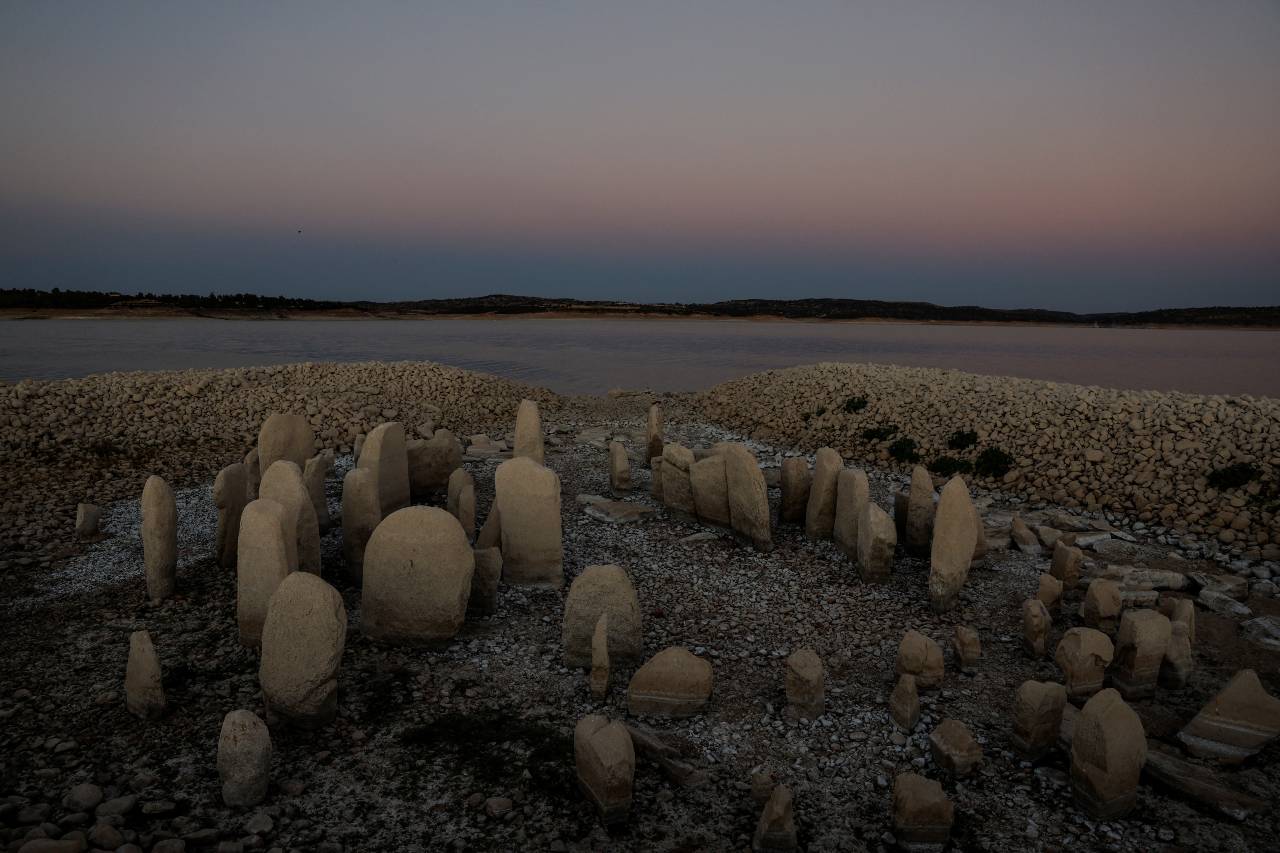
While there are many such sites scattered around Western Europe, little is known about who erected the continent's dolmens. /Susana Vera/Reuters
While there are many such sites scattered around Western Europe, little is known about who erected the continent's dolmens. /Susana Vera/Reuters
Dolmens are vertically arranged stones which usually support a flat boulder that lies on top of them. Although there are many such sites across Western Europe, little is known about who erected them.
The fact that human remains have been found in or near many have led to a common theory that they are tombs.
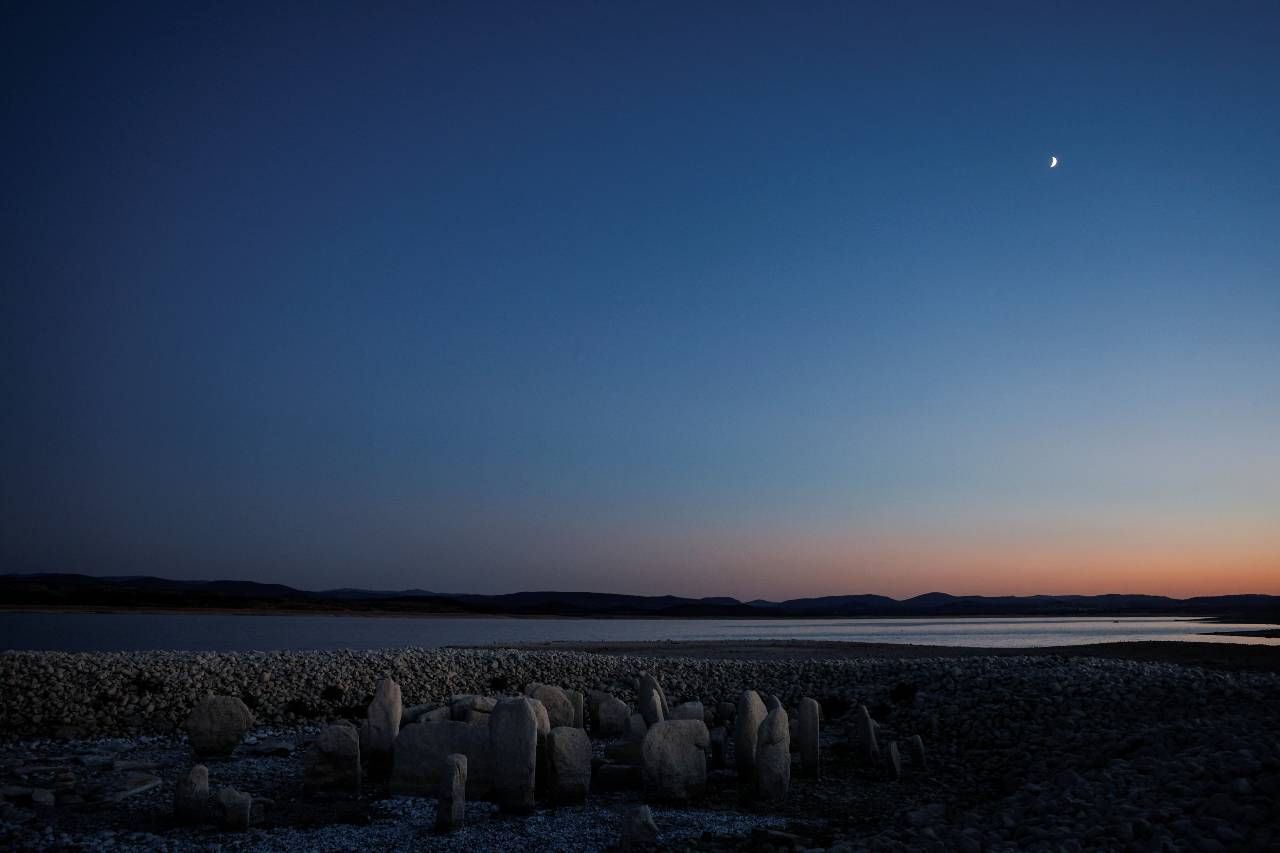
Despite the beauty of the dolmens, its emergence brings little joy to local farmers struggling amid the extreme climate conditions. /Susana Vera/Reuters
Despite the beauty of the dolmens, its emergence brings little joy to local farmers struggling amid the extreme climate conditions. /Susana Vera/Reuters
Local historical and tourism associations have advocated moving the Guadalperal stones to a museum or elsewhere on dry land. But in Caceres, there is no silver lining for the local farmers.
"There hasn't been enough rain since the spring... There is no water for the livestock and we have to transport it in," said Jose Manuel Comendador.
Climate change has left the Iberian peninsula at its driest in 1,200 years, and winter rains will continue to diminish, a study published by the Nature Geoscience journal showed.
Even as humankind's future is threatened, its past is quietly revealed.
Source(s): Reuters

